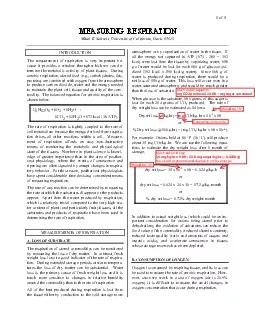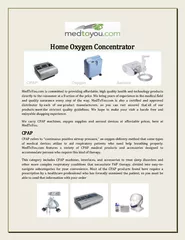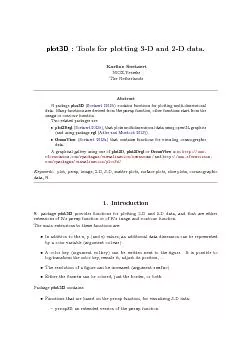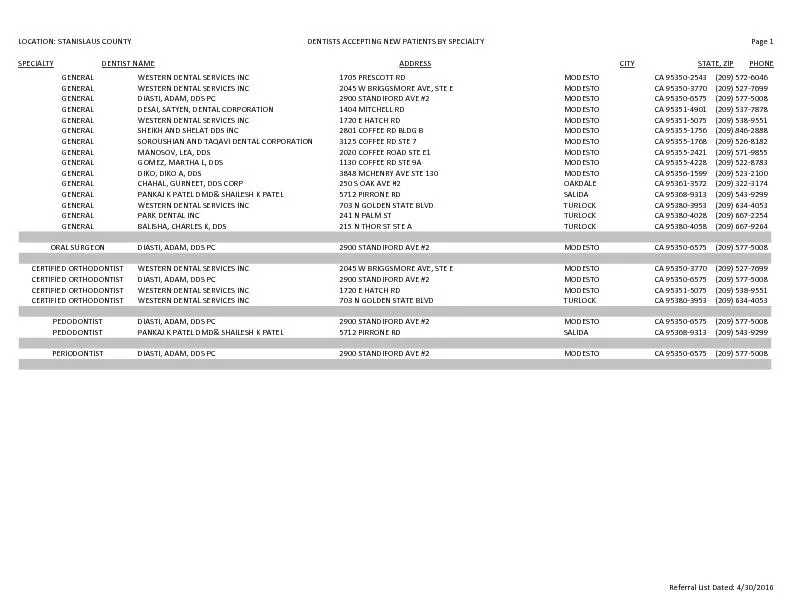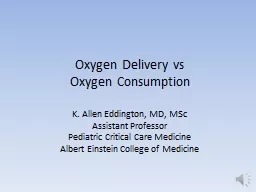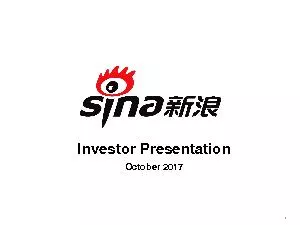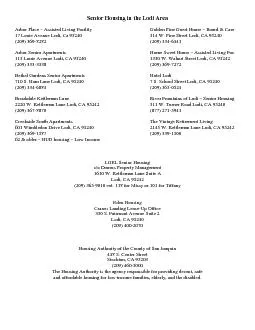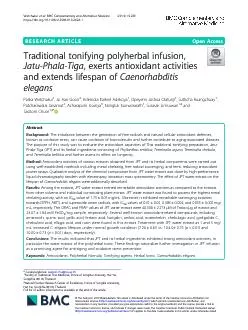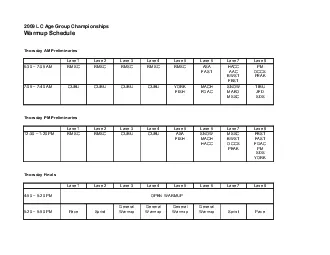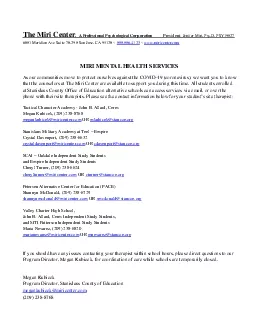PDF-For example a decrease of 03 in oxygen from 209 to 206 would be diffic
Author : heavin | Published Date : 2021-09-25
In aerobic respiration one molecule of oxygen is consumed for each molecule of carbon dioxide produced In the absence of oxygen ie anaerobic respiration carbon dioxide
Presentation Embed Code
Download Presentation
Download Presentation The PPT/PDF document "For example a decrease of 03 in oxygen f..." is the property of its rightful owner. Permission is granted to download and print the materials on this website for personal, non-commercial use only, and to display it on your personal computer provided you do not modify the materials and that you retain all copyright notices contained in the materials. By downloading content from our website, you accept the terms of this agreement.
For example a decrease of 03 in oxygen from 209 to 206 would be diffic: Transcript
Download Rules Of Document
"For example a decrease of 03 in oxygen from 209 to 206 would be diffic"The content belongs to its owner. You may download and print it for personal use, without modification, and keep all copyright notices. By downloading, you agree to these terms.
Related Documents

